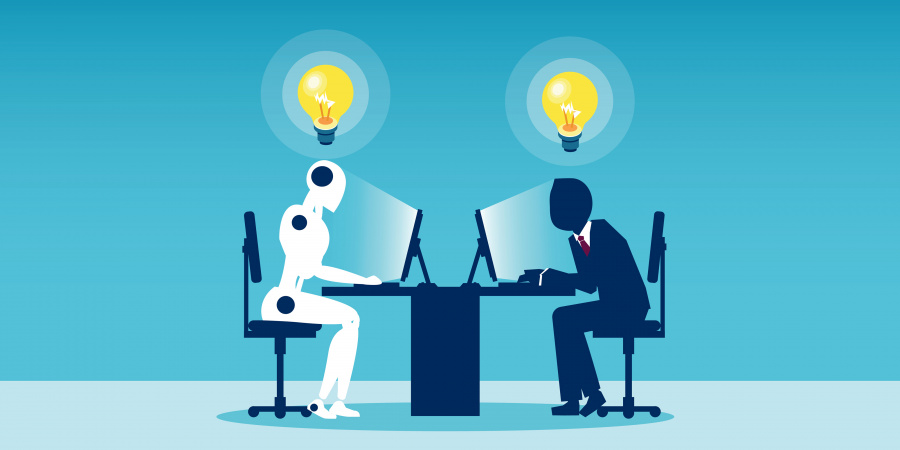Are We Better at Educating Humans or Training Robots?
|
|
Prof. Mansun CHAN is Alex Wong Siu Wah Gigi Wong Fook Chi Professor of Engineering, Chair Professor of Electronic and Computer Engineering, and Director of the Academy for Continuing Education. He is the recipient of HKUST’s University-wide 2023 Michael G. Gale Medal for Distinguished Teaching and a four-time winner of School of Engineering Teaching Excellence Appreciation Awards. He has also received numerous external recognitions for his achievements as an educator.
|
By Prof. Mansun Chan
When I was invited to contribute an article on engineering education for the School’s e-In Focus publication, I simply typed “Write a 400-word article on AI and education” in the ChatGPT prompt. I immediately got a 400-word article. Yes, I was cheating. But if I hadn’t told you, would you, as a reader, have been able to discover this?
As I can take such a short cut, it also raises the prospect that students could do the same with their assignments. Students are usually quick to adapt to new tools, and generative AI has provided a powerful means for them to act against the expectations of instructors. As a result, the immediate response of some educators has been to ban students from using generative AI.
Yet why are we as educators so afraid of AI? If AI can empower students to easily accomplish tasks that they originally found difficult, it is still a significant achievement for them. Think of it like airplanes that enable us to reach the sky, a feat that is also beyond our intrinsic abilities.
What is perhaps most striking is that such developments have brought the realization to some of us that the approach used to teach students is similar to the way that AI is developed. What we do is deliver information/data that follows a syllabus and provide feedback/enforcement through exercises and examinations.
“To overcome the threat of AI, education should adopt divergence as a principle to empower the intrinsic differences in each student and make everyone unique and irreplaceable.”
We may use tools such as videos, augmented reality (AR) and virtual reality (VR) to deliver the message more effectively. Or we may try a range of contemporary methods such as gamification, flipped classrooms, or experiential learning to improve the learning experience. But the nature of the education objectives remains the same.
The most common question asked in the quality assurance process is what kind of students we want to train. The expected result is a convergence of skill sets to enable students to be proficient in solving problems in specific domains. They become effective engineers, efficient managers, and find success in other professional positions.
While it takes years to train a person, though, it only takes days to train a machine. So we now find ourselves in a position where we are much better at training machines than humans.
If AI can complete some assignments better than students, what this actually marks is people’s failure as educators. As education approaches are generally convergent in nature, we probably now need to realize that the most important difference between humans and machines is that every student is born different.
To overcome the threat of AI, education should adopt divergence as a principle to empower the intrinsic differences in each student and make everyone unique and irreplaceable.
The current education process is like seeing students in a maze. Educators try to train students to come up with the most effective method to navigate the maze and find the exit. But what if we allow students to explore different paths and eventually open up a different exit for each student? Only through such an approach can divergence and individuality be embraced, and education enhanced beyond teaching or training alone. And maybe, if we give up worrying and competing with machines, AI can help us to get closer to this goal.
I am grateful that HKUST has adopted an open attitude on the use of generative AI in its education. So I did use ChatGPT to help in this writing. But I hope readers can tell whether the main content is coming from a human or machine.


